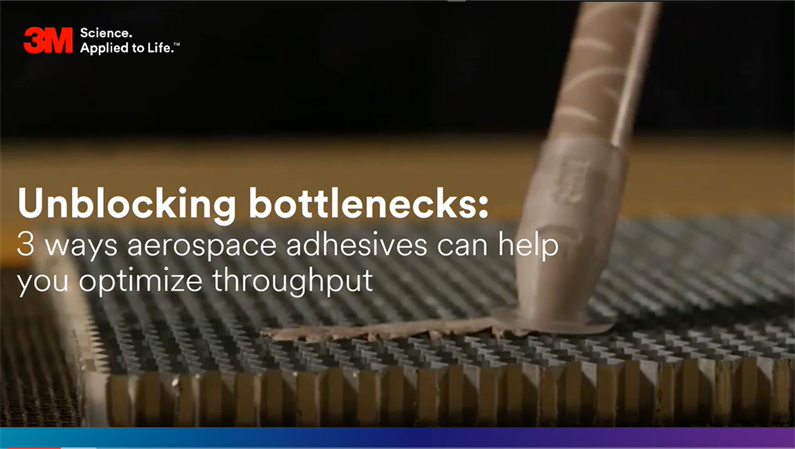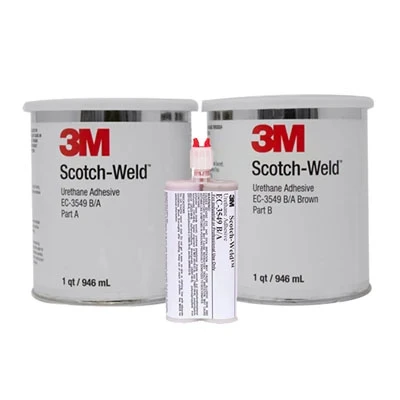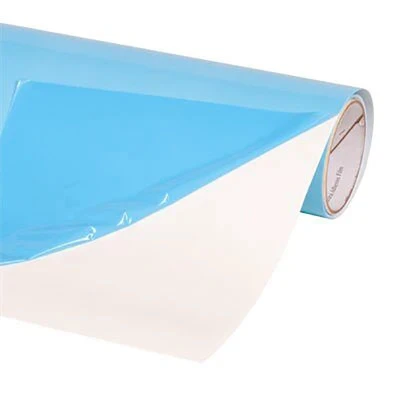Adhesive paste and adhesive film have a few key differences that should be taken into account when selecting the right adhesive for your business needs.
The physical properties of these two product types differ. Adhesive paste is firstly characterised by its viscosity and density, demonstrating toughness upon cure in its ability to withstand impacts. On the other hand, adhesive film is available in a range of tack levels and weights/thicknesses. During heated cure, the film material will reach a minimum viscosity that flows out into the surface of the substrate.
Adhesive film will always come in the form a single-component product, whereas adhesive pastes are sometimes sold in two different parts. A two-part adhesive paste may be stored at room temperature (and can cure in such conditions), while single-part adhesive pastes and films require freezer storage and elevated temperatures to achieve cure.
Adhesive pastes can be dispensed or inserted into the joint to be bonded, allowing gap-filling or application on irregular or vertical surfaces. Conversely, adhesive film is typically laminated by hand or machine onto the substrates that are to be bonded, offering consistent and controlled adhesive coverage.
Pastes have a range of viscosities and consistencies, which can require fixturing and/or bond line control materials. Adhesive films, on the other hand, may contain a scrim for controlling the thickness of adhesive bond lines.




